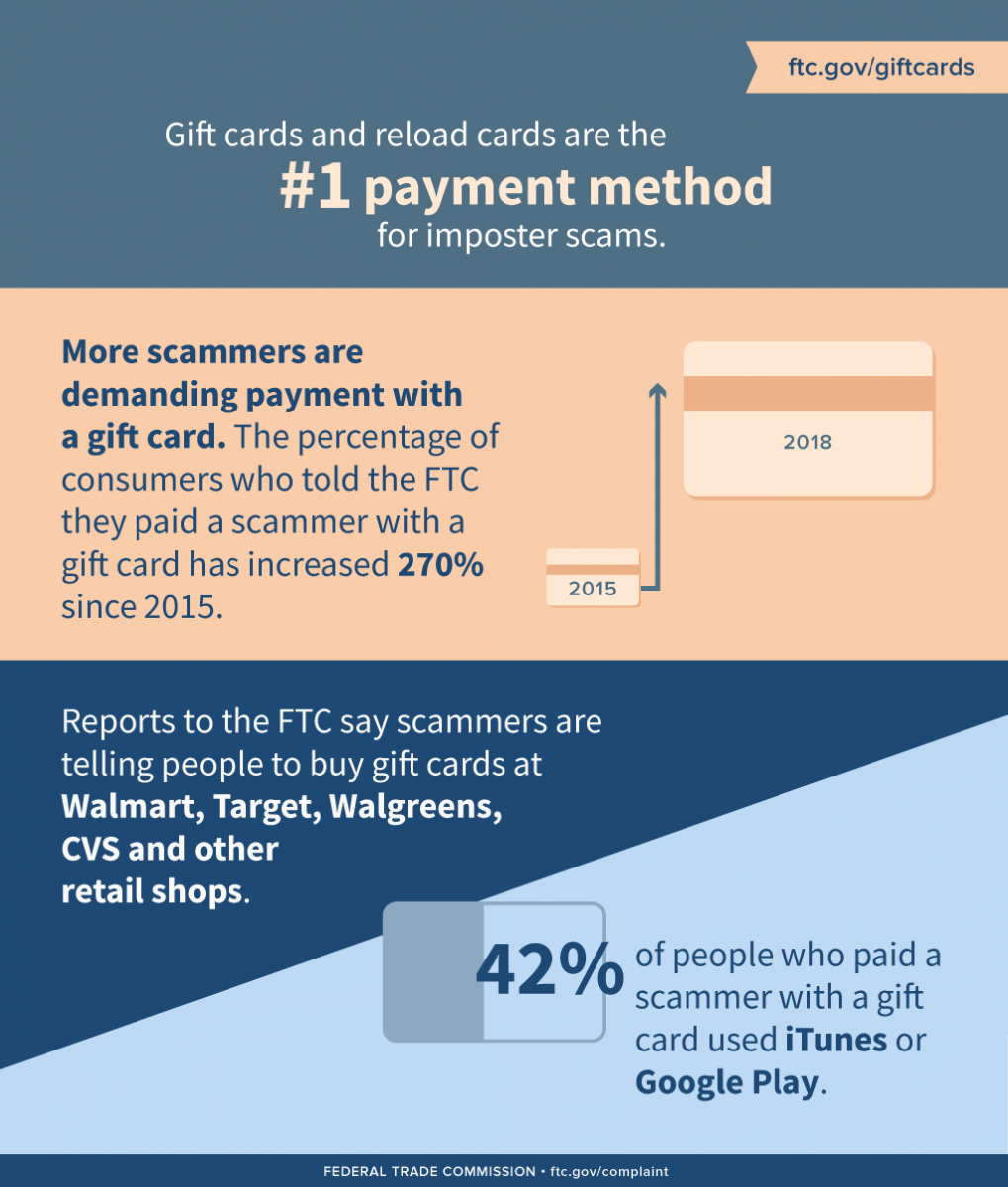Established in the Middle East and Egypt on hardstone, copper wheel inscribing made it through as a craft in seventeenth century Bohemia and Dresden on glass. It was used for a variety of objectives, including depicting the royal double-headed eagle (Reichsadlerhumpen) and allegorical styles.
Engravers of this period gradually abandoned straight quality in favour of crosshatched chiaroscuro results. A couple of engravers, such as Schongauer and Mantegna, managed glass with a sculptural feeling.
Ancient Art
By the end of the 17th century, however, diamond-point engraving was being replaced by wheel inscription. 2 remarkable engravers of this duration are worth mention: Schongauer, who raised the art of glass inscription to measure up to that of paint with works like Saint Anthony Tortured by Demons, and Mantegna, who shaded his drawings with brief jotted lines of differing width (fig. 4) to achieve chiaroscuro effects.
Various other Nuremberg engravers of this time consisted of Paul Eder, who excelled in delicate and little landscapes, and Heinrich Schwanhardt, that etched inscriptions of fine calligraphic top quality. He and his kid Heinrich likewise developed the technique of engraving glass with hydrofluoric acid to create an impact that resembled glass covered in ice. The engraved surface area might then be reduced and inscribed with a copper-wheel. This technique is employed on the rock-crystal ewer shown below, which integrates deep cutting, copper-wheel engraving and sprucing up. Recognizing the etching on such pieces can be hard.
Venetian Glass
When Venice was a European power, Venetian glassmakers took the lead in several high value-added markets. Unlike textiles and style, glassmaking maintained a tradition of sophisticated strategies. It likewise brought seeds of the decorative majesty symbolized in Islamic art.
However, Venetian glassmakers were not anxious to share these concepts with the rest of Europe. They maintained their artisans cloistered on the island of Murano so they would not be affected by brand-new trends.
Despite the fact that need for their product ups and downs as tastes changed and competing glassmakers emerged, they never shed their attract wealthy customers of the arts. It is for that reason no surprise that inscribed Venetian glass appears in countless study in still life paintings as an icon of high-end. Often, a master treasure cutter (diatretarius) would reduce and embellish a vessel initially cast or blown by an additional glassworker (vitrearius). This was a costly endeavor that needed fantastic ability, persistence, and time to generate such in-depth work.
Bohemian Glass
In the 16th century, Bohemian glassmakers adjusted the Venetian recipe to their very own, producing a much thicker, more clear glass. This artistic uses of glass made it simpler for gem-cutter to carve similarly they carved rock crystal. Furthermore, they developed an approach of cutting that permitted them to make extremely thorough patterns in their glasses.
This was complied with by the production of colored glass-- blue with cobalt, red with copper and light green with iron. This glass was prominent north of the Alps. In addition, the slim barrel-shaped goblets (Krautstrunk) were likewise popular.
Ludwig Moser opened a glass layout studio in 1857 and achieved success at the Vienna International Exhibit of 1873. He developed a totally incorporated factory, supplying glass blowing, polishing and inscribing. Until completion of The second world war, his firm controlled the market of personalized Bohemian crystal.
Modern Craft
Inscription is among the earliest hand-icraft techniques of decorative refinement for glass. It requires a high level of accuracy as well as a creative imagination to be efficient. Engravers must likewise have a feeling of composition in order to tastefully integrate shiny and matte surfaces of the cut glass.
The art of inscription is still alive and successful. Modern strategies like laser engraving can attain a higher level of information with a greater speed and precision. Laser technology is likewise able to generate designs that are much less at risk to cracking or splitting.
Engraving can be utilized for both commercial and attractive functions. It's prominent for logo designs and trademarks, in addition to attractive embellishments for glasses. It's additionally a popular way to include individual messages or a winner's name to trophies. It is necessary to note that this is a hazardous job, so you should always utilize the ideal safety devices like safety glasses and a respirator mask.
